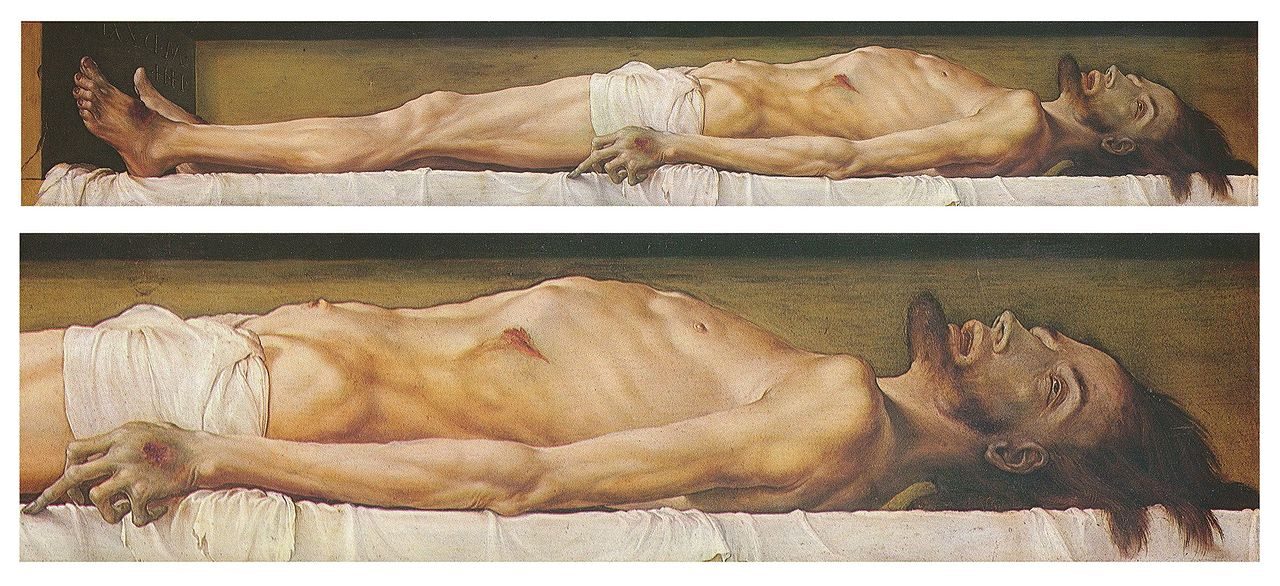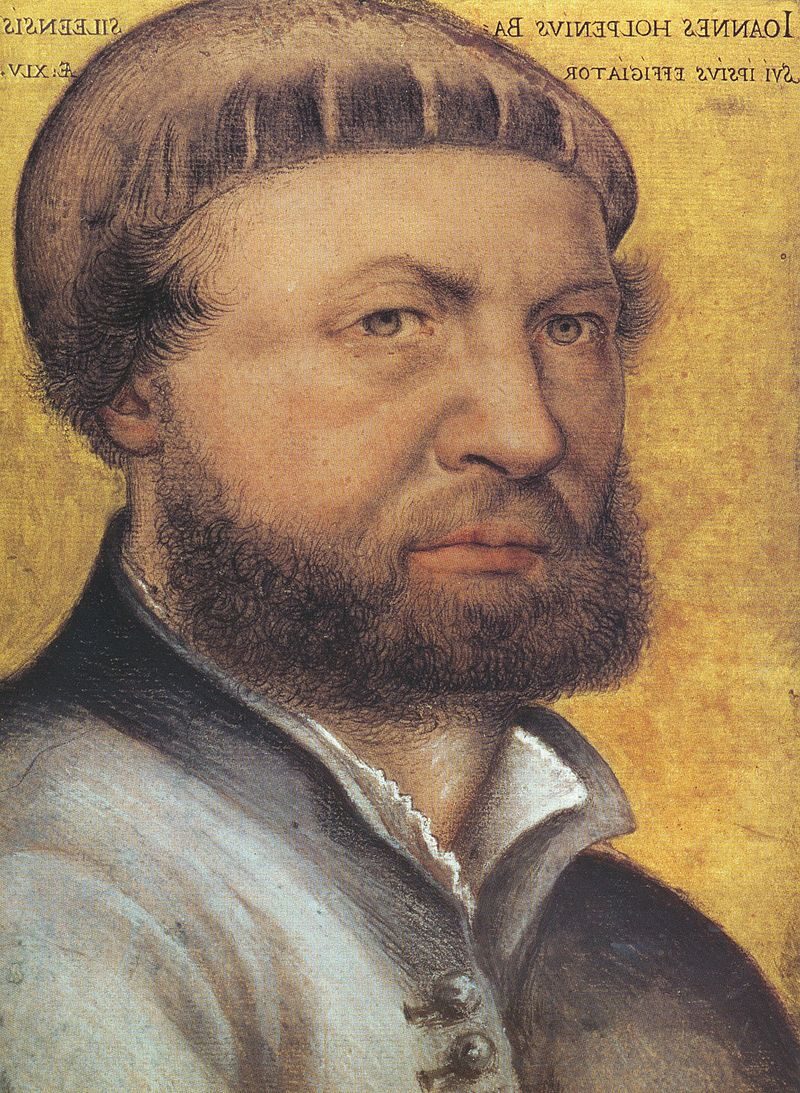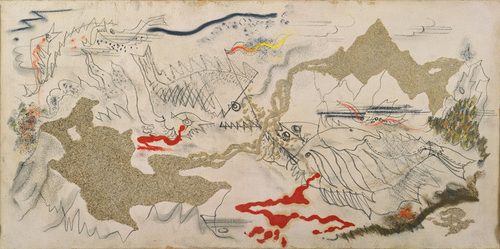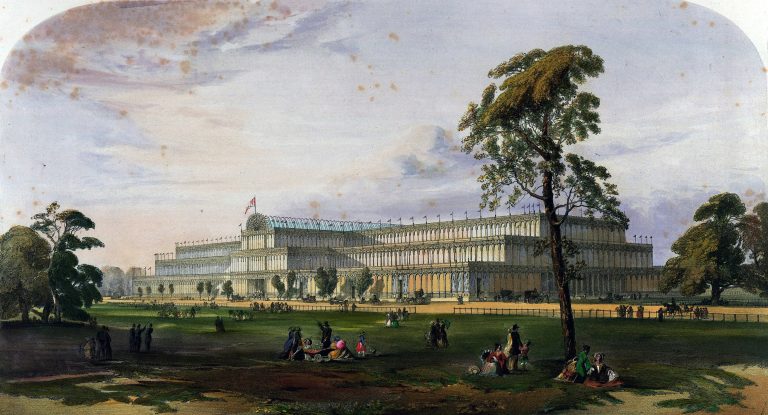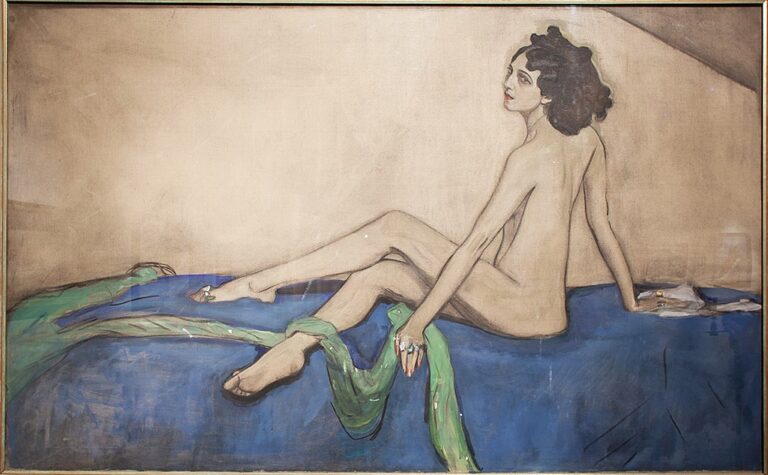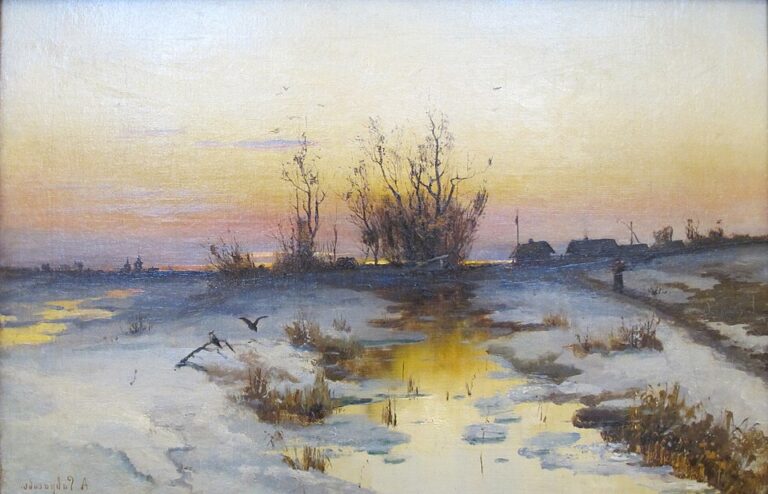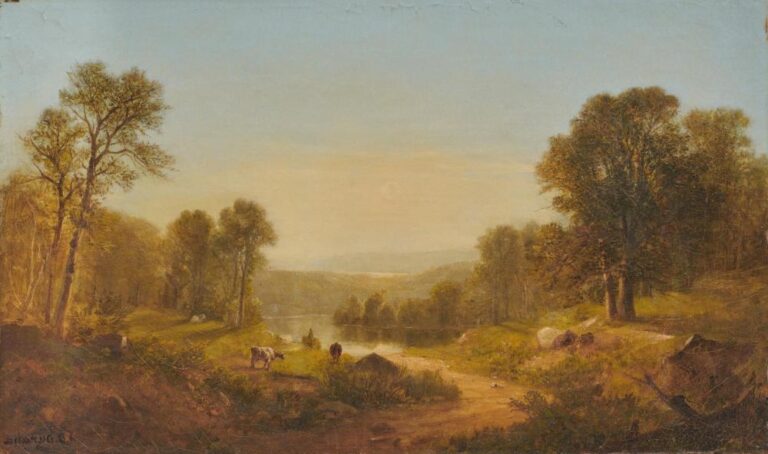Hans Holbein the Younger Painter: Renaissance Master of Royal Portraits
Born: c. 1497, Augsburg (free imperial city), Holy Roman Empire
Death: October or November 1543, London, England
Art Movement: Northern Renaissance
Nationality: German, Swiss
Teacher: Anne Boleyn and Thomas Cromwell
Hans Holbein the Younger Painter: Renaissance Master of Royal Portraits
Life and Career of Hans Holbein the Younger
Hans Holbein the Younger (c. 1497-1543) became one of the most influential portrait painters of the 16th century. His precise artistic style and ability to capture likeness brought him from humble beginnings in Germany to the heights of the English royal court.
Early Years and Education
Hans Holbein was born in Augsburg, Germany around 1497 into an artistic family. His father, Hans Holbein the Elder, was an established painter who provided his initial training.

The Arrogance of Rehoboam (1530) by Hans Holbein the Younger
Young Holbein moved to Basel, Switzerland around 1515 where he worked as an illustrator for printing houses. This early work included designs for woodcuts and illustrations for books, including Erasmus’s “The Praise of Folly.”
He married Elsbeth Binsenstock in 1520, a local widow, with whom he had four children. Despite family responsibilities, Holbein continued to develop his distinctive style.
During these formative years, Holbein absorbed Renaissance techniques while maintaining a northern European precision and attention to detail. His ability to combine these traditions would later define his remarkable portraits.
Rise to Fame in Basel
Holbein’s reputation grew rapidly in Basel through his friendship with the humanist scholar Erasmus. This connection led to commissions from prominent individuals in intellectual circles.
His portraits from this period show remarkable psychological insight. The famous portrait of Erasmus (1523) and “The Ambassadors” demonstrated his skill with symbolism and precise detail.
The Protestant Reformation disrupted artistic commissions in Basel. Religious upheaval meant fewer church commissions, forcing Holbein to seek opportunities elsewhere.
In 1526, armed with a letter of recommendation from Erasmus to Sir Thomas More, Holbein traveled to England for the first time. This visit proved crucial for his future career.
Court Painter in England
Holbein returned to England permanently in 1532 amid the religious turmoil of the Reformation. Henry VIII soon recognized his exceptional talent and appointed him court painter.
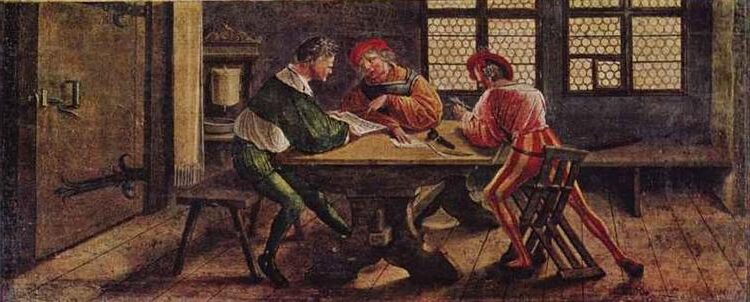
Signboard for a Schoolmaster (1516) by Hans Holbein the Younger
His portraits of Henry VIII created the iconic image of the monarch that persists today – powerful, imposing, and regal. These portraits served as important political tools for the king.
Holbein painted many Tudor court figures including Thomas More, Thomas Cromwell, and Anne Boleyn. His portrait of Jane Seymour, Henry’s third wife, remains one of his most celebrated works.
The artist created a portrait of Christina of Denmark as a potential bride for Henry VIII. The king also commissioned him to paint his son Edward VI.
Holbein died suddenly in 1543, likely from plague. His realistic portraiture style influenced generations of artists and provided invaluable visual documentation of Tudor England’s powerful figures.
Artistic Style and Influence
Hans Holbein the Younger developed a distinctive artistic style characterized by precise detail and psychological insight. His technical mastery and innovative approaches to portraiture established him as one of the most influential painters of the Northern Renaissance.
Portraiture Mastery
Holbein’s portraits reveal his exceptional ability to capture both physical likeness and inner character. His meticulous attention to detail allowed him to render faces with remarkable accuracy, while still conveying the subject’s personality and status.
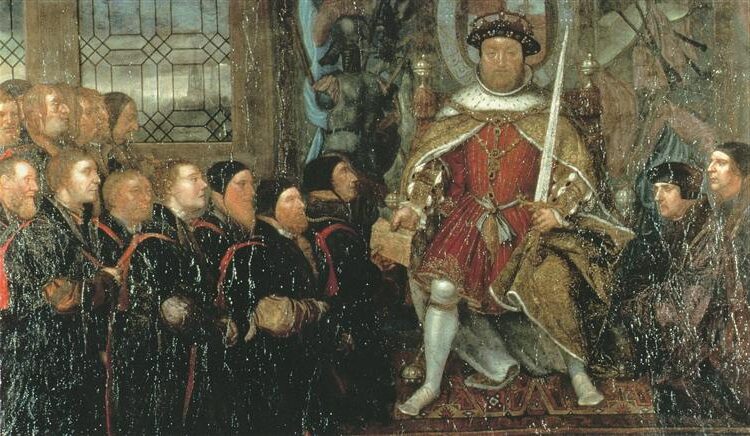
Henry VIII and the Barber Surgeons (c. 1543) by Hans Holbein the Younger
In his portraiture, Holbein used a clear, objective style that avoided flattery yet maintained dignity. His subjects appear as real individuals rather than idealized figures.
The artist’s technical precision extended to his portrayal of fabrics, jewels, and other objects. These elements weren’t merely decorative but served to communicate the subject’s wealth, profession, and social position.
Holbein often incorporated inscriptions into his portraits, sometimes giving the likeness a voice that acknowledged the painter’s skill. This technique added another dimension to his already compelling works.
Iconographic Innovations
Holbein introduced several innovative approaches to Renaissance portraiture. He skillfully incorporated symbolic objects and text that revealed important aspects of his subjects’ identities or beliefs.
His famous “The Ambassadors” (1533) demonstrates this through carefully chosen objects representing knowledge, wealth, and power. The painting also includes an anamorphic skull that appears properly only when viewed from a specific angle.
Holbein’s ability to blend realism with symbolic elements created portraits that functioned on multiple levels. They served as accurate records of appearance while also communicating deeper messages about the subject.
His work with iconography reflected the intellectual climate of the Renaissance. Holbein created visual puzzles that engaged viewers’ minds and rewarded careful examination.
Contributions to the Renaissance
Holbein brought Northern Renaissance sensibilities to England, creating a unique fusion of German precision and English artistic traditions. His work helped establish new standards for portraiture throughout Europe.

Death of the Virgin by Hans Holbein the Younger
Unlike Italian Renaissance artists who often idealized their subjects, Holbein emphasized truthful representation. This approach aligned with Northern European artistic values that prioritized accurate observation.
Holbein’s mastery of drawing underpinned his painting technique. His preparatory studies show remarkable economy of line, capturing essential character with minimal means.
The artist’s work bridged different cultural worlds. His paintings connected German, Swiss, and English artistic traditions while maintaining a distinctive individual style that transcended national boundaries.
Influence on German Art
Holbein profoundly shaped the development of German painting. His technical excellence and psychological insight established new standards for portraiture in his homeland.
German artists following Holbein adopted his clear, precise style and his interest in character. His influence can be seen in the work of numerous painters who sought to capture the same level of realism and detail.
Holbein’s approach to combining symbolic elements with realistic portrayal remained influential in German art for generations. His techniques for representing texture and materials became reference points for later artists.
Though he spent much of his career outside Germany, Holbein remained connected to German artistic traditions. His international success helped elevate the reputation of German painting throughout Europe.
Notable Works and Legacy
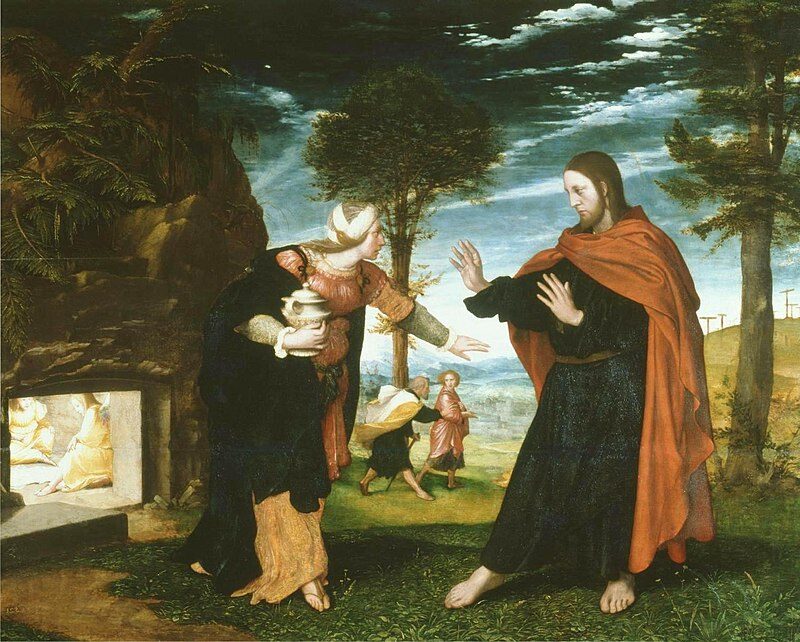
Noli me tangere (possibly 1524–1526) by Hans Holbein the Younger
Hans Holbein the Younger created masterpieces that showcased his exceptional talent for capturing detail and symbolism. His portraits of powerful figures and religious works remain influential in art history to this day.
Paintings of Reformation Era Figures
Holbein gained fame through his portraits of key Reformation figures. His painting of Erasmus of Rotterdam stands as one of his most celebrated works, capturing the humanist scholar with remarkable precision and insight.
Holbein’s portrait of Sir Thomas More shows his ability to reveal character through subtle details. After moving to England, he became King’s Painter to Henry VIII in 1535, creating numerous royal portraits that defined how we visualize Tudor court life.
His portrait of Sir Richard Southwell demonstrates Holbein’s gift for lifelike representation. Each painting features meticulous attention to fabrics, jewelry, and facial features. These works serve as valuable historical documents of the period’s powerful figures.
The Ambassadors and Its Symbolism
“The Ambassadors” (1533) is perhaps Holbein’s most analyzed work. This double portrait of Jean de Dinteville and Georges de Selve contains a famous anamorphic skull that becomes visible only when viewed from a specific angle.

The Ambassadors (1533) by Hans Holbein the Younger
The painting includes numerous symbols of worldly knowledge – musical instruments, globes, and scientific tools. These objects represent the subjects’ education and status while hinting at deeper meanings about mortality and human achievement.
Holbein used perspective techniques revolutionary for his time. The distorted skull serves as a memento mori, reminding viewers of death’s inevitability despite wealth or status. This masterpiece hangs in London’s National Gallery, continuing to fascinate art historians with its technical brilliance and complex symbolism.
Religious Works and ‘Dance of Death’
Holbein created significant religious paintings before the Reformation reduced demand for church art. His “Dead Christ in the Tomb” presents a stark, unflinching view of Jesus’s corpse, emphasizing Christ’s human suffering rather than divine nature.
His most enduring religious-themed work is the “Dance of Death” series – woodcuts showing death (as a skeleton) claiming people from all social classes. This series reflected medieval traditions while incorporating Renaissance artistic techniques. The images accompanied Erasmus’s text “Encomium Moriae” (In Praise of Folly).
Holbein’s religious works reveal his exceptional versatility as both painter and draftsman. He designed stained glass windows and produced illustrations for Bible editions. These pieces show his ability to convey profound spiritual messages through visual art.
Hans Holbein’s Influence on Modern Art
Holbein’s precise technique and psychological insight influenced generations of artists. His realistic portraiture established standards for capturing individual likeness that artists still reference today.
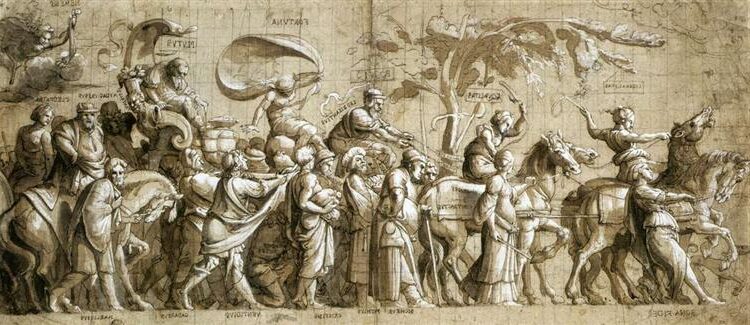
Triumph of Wealth (c. 1533) by Hans Holbein the Younger
The National Gallery of Art and other major institutions prominently display his works, ensuring his continued influence. His meticulous approach to detail inspired modern realist painters who value technical precision.
Holbein’s use of inscriptions and symbols within paintings anticipated later artistic movements focused on embedding meaning within compositions. Contemporary portrait artists still study his methods for capturing personality through posture, expression, and symbolic objects.
His legacy extends beyond fine art into fields like historical costume design and portraiture photography, where his accurate depictions of Tudor clothing and accessories provide valuable reference material.
Frequently Asked Questions
Hans Holbein the Younger created lasting impacts through his accurate portraits, royal commissions, and innovative techniques. His work provides a window into Tudor England and Renaissance Europe through his detailed, realistic portrayals.
What notable contributions did Hans Holbein the Younger make to the field of portrait painting?
Holbein revolutionized portrait painting with his precise, realistic style. He captured not just physical likeness but also the character and status of his subjects.
His attention to detail extended to clothing textures, jewelry, and personal items that revealed information about the sitter. This approach helped establish a new standard for portraiture that valued accuracy and symbolism equally.
Holbein also developed new techniques for creating preliminary drawings that ensured highly accurate final paintings. His use of patterns and designs in his works later influenced decorative arts.
How did Hans Holbein the Younger’s work reflect the cultural and political environments of his time?
Holbein’s paintings document the Tudor court during a politically charged period. His portraits of Henry VIII created the definitive image of the king that persists today.
His work coincided with the English Reformation, and his art subtly reflected these religious shifts. Holbein navigated these changes carefully, adapting his work to serve both Catholic and Protestant patrons.
The symbolism in his paintings often contained political messages and alliances. Objects, colors, and positions within his compositions communicated important information about power relationships at court.
Which notable figures from history were painted by Hans Holbein the Younger?
King Henry VIII stands as Holbein’s most famous subject, with the artist creating the iconic portrait that defined the monarch’s image. He also painted several of Henry’s wives, including Jane Seymour and Anne of Cleves.
Sir Thomas More, the humanist scholar and statesman, was another important figure Holbein portrayed. Erasmus of Rotterdam, a leading European intellectual, sat for multiple portraits by Holbein.
He painted merchants, ambassadors, and nobility throughout Europe. These portraits now serve as important historical documents of influential Renaissance figures.
In what ways did Hans Holbein the Younger influence subsequent generations of artists?
Holbein’s realistic approach to portraiture influenced portrait painters for centuries. His techniques for accurate representation set standards that many artists would follow.
His composition methods, particularly how he positioned subjects and used space, impacted portrait conventions. The “Holbein pattern” became a term used in decorative arts based on designs he frequently employed.
His ability to convey status and character through objects and symbols became a standard practice. Modern portrait photographers still reference his work for posing and lighting techniques.
What are the characteristics and techniques that define Hans Holbein the Younger’s art style?
Holbein’s style features extraordinary realism with precise line work and attention to texture. His portraits showcase meticulous attention to fabrics, jewelry, and facial features.
He used a distinctive technique involving preliminary drawings on paper that were transferred to panels. This method, combined with his skill in applying thin layers of paint, created his characteristic precision.
Symbolism plays a crucial role in his compositions, with objects conveying meaning about the subject. His use of color was deliberately restrained yet powerful, often employing rich greens, reds, and blacks against neutral backgrounds.
How have modern art institutions preserved and displayed Hans Holbein the Younger’s works?
Many of Holbein’s masterpieces reside in major museums like the National Gallery in London and the Kunstmuseum Basel. The Royal Collection at Windsor Castle holds an exceptional collection of his drawings.
Special conservation methods protect these centuries-old works from environmental damage. For example, temperature and humidity controls help preserve the delicate pigments and materials Holbein used.
Museums often create special exhibitions focused on Holbein’s contributions to Renaissance art. Digital technology now allows for detailed study of his works. This reveals underdrawings and changes made during the painting process.

